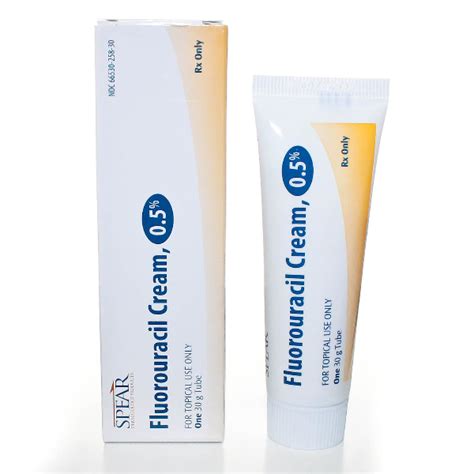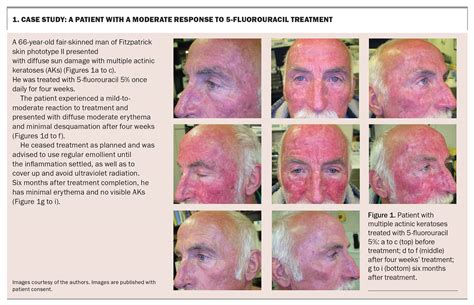Intro
The importance of treating skin conditions such as actinic keratosis, basal cell carcinoma, and other skin cancers cannot be overstated. One of the most effective treatments for these conditions is 5 Fluorouracil cream, also known as 5-FU. This topical cream has been used for decades to treat various skin conditions, and its effectiveness has been proven time and time again. However, like any medication, it's essential to use 5 Fluorouracil cream correctly to achieve the best results and minimize potential side effects. In this article, we'll provide you with 5 Fluorouracil cream tips to help you get the most out of your treatment.
5 Fluorouracil cream is a topical chemotherapeutic agent that works by inhibiting the growth of abnormal skin cells. It's commonly used to treat actinic keratosis, a precancerous skin condition caused by prolonged exposure to the sun. The cream is also used to treat basal cell carcinoma, a type of skin cancer that can be disfiguring if left untreated. With proper use, 5 Fluorouracil cream can be an effective treatment for these conditions, helping to prevent the growth of abnormal skin cells and reducing the risk of skin cancer.
Before we dive into the tips, it's essential to understand how 5 Fluorouracil cream works. The cream is applied directly to the affected area, where it's absorbed into the skin. The active ingredient, 5-FU, then works to inhibit the growth of abnormal skin cells, helping to prevent the development of skin cancer. While the cream is generally well-tolerated, it can cause side effects such as redness, itching, and burning. However, these side effects are usually mild and temporary, and they often subside once treatment is completed.
Understanding 5 Fluorouracil Cream

Benefits of 5 Fluorouracil Cream
The benefits of using 5 Fluorouracil cream are numerous. The cream is highly effective in treating actinic keratosis and basal cell carcinoma, and it's often preferred over surgical treatments because it's less invasive and has fewer side effects. Additionally, 5 Fluorouracil cream can be used to treat large areas of the skin, making it an ideal treatment for patients with multiple lesions. The cream is also relatively inexpensive compared to other treatments, and it's often covered by insurance.Applying 5 Fluorouracil Cream

Common Side Effects
While 5 Fluorouracil cream is generally well-tolerated, it can cause side effects such as: * Redness and irritation of the skin * Itching and burning sensations * Dryness and flakiness of the skin * Increased sensitivity to the sun * In rare cases, the cream can cause more severe side effects such as allergic reactions, blistering, and scarring.Minimizing Side Effects

Tips for Using 5 Fluorouracil Cream
Here are some additional tips for using 5 Fluorouracil cream: * Be patient, as treatment can take several weeks to several months to complete. * Keep the affected area moist by applying a topical moisturizer, as this can help reduce the risk of side effects. * Avoid picking or scratching at the affected area, as this can increase the risk of infection and scarring. * Follow up with your doctor or pharmacist regularly to monitor your progress and adjust your treatment plan as needed.Conclusion and Next Steps

We invite you to share your experiences with 5 Fluorouracil cream in the comments below. Have you used the cream to treat a skin condition? What were your results, and do you have any tips to share with others? By sharing your story, you can help others who are going through similar experiences and provide valuable insights into the effectiveness of 5 Fluorouracil cream.
What is 5 Fluorouracil cream used for?
+5 Fluorouracil cream is used to treat actinic keratosis, basal cell carcinoma, and other skin conditions.
How do I apply 5 Fluorouracil cream?
+Apply a thin layer of cream to the affected area, using a cotton swab or applicator to avoid touching the cream with your fingers.
What are the common side effects of 5 Fluorouracil cream?
+Common side effects include redness and irritation of the skin, itching and burning sensations, dryness and flakiness of the skin, and increased sensitivity to the sun.
